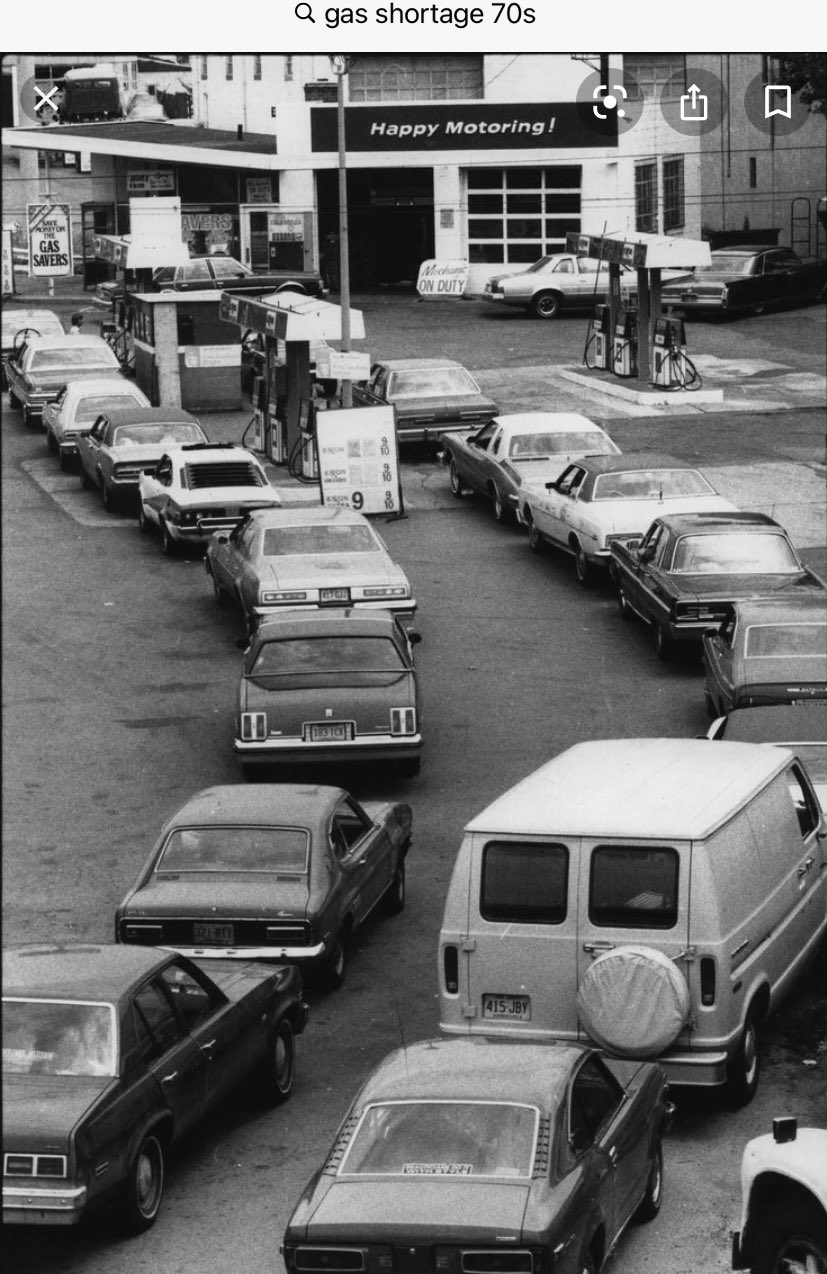Inflation - An increase in the general price level of goods and services in an economy.
Deflation - A decrease in the general price level of goods and services in an economy.
Be careful not to confuse increases in the price of an individual good with inflation, which measures the general increase in price of all goods.
Inflation
Measuring Inflation
Current measures of inflation examine a basket of goods or index of goods that are consumed or produced.
Consumer Price Index (CPI) - An index that measures changes in the average prices of consumer goods and services
- Food, Energy, Vehicles, Medical Care
Producer Price Index (PPI) - An index that measures changes in the average prices of selling prices of goods and services
Cost of Living Index
Calculating Inflation
Base Year - Choose a year to serve as a baseline and normalize the index value to 100 for that year. CPI 1982-1984 serves as the base year.
- Measure changes in prices for a similar basket of goods over time to create a relative index.
Calculating Inflation Cont.
CPI Price Level in 2020 = 258.844
CPI Price Level in 2019 = 255.653
CPI Price Level in 2015 = 237.002
Inflation Rate 2019-2020 = \(\frac{258.844-255.653}{255.653}X100\) = 1.25%
Inflation Rate 2015-2020 = \(\frac{258.844-237.002}{237.002}X100\) = 9.22%
Inflation
Inflation
Criticism of CPI
Changes in the CPI are based on a typical market basket of products that does not match the actual market basket purchased by many consumers.
The BLS has difficulty adjusting the CPI for changes in quality.
The use of a single base-year market basket ignores the law of demand.
Consequences of Inflation
- Inflation Shrinks Income
Suppose you’re making $60,000 per year and you receive a 2% raise. The inflation rate over that period is 3%.
Pct Chg in Real Income = Pct Chg in Nominal Income - Inflation Rate
Pct Chg in Real Income = -1%
Causes of Inflation
Increase in the supply of Money (Governments Print too much money)
Low interest rates
Supply Shocks (energy prices) or Excess Demand
Expectation of Inflation
Inflation and Wealth
- Wealth - The accumulation of a stock of assets like houses, stocks, bonds, etc…
Inflation and the Real Interest Rate
Real Interest Rate = Nominal Interest Rate - Inflation Rate
Inflation tends to be good for borrowers as you pay back money over time.
Inflation tends to hurt lenders who are locked in to low interest rates.
Types of Inflation
Demand-Pull- A rise in the general price level resulting from excess of total spending (Too many dollars chasing too few goods)
Cost-Push - An increase in the general price level resulting from an increase in the cost of production
Types of Inflation
Hyperinflation - An extremely rapid rise in the general price level
Wage-Price Spiral - A situation that occurs when increases in nominal wage rates are passed on in higher prices, which in turn, result in even higher nominal wage rates and prices.
Stagflation - a period characterized by high inflation and high unemployment.
Inflation in the U.S. 1970’s
Inflation
Inflation in the U.S.

Inflation
Inflation in Germany Post World War I

Inflation
Inflation in Germany

Inflation
Inflation South America
Venezuela
Inflation South America
Inflation in Africa
Sudan
Inflation in Africa
Zimbabwe
